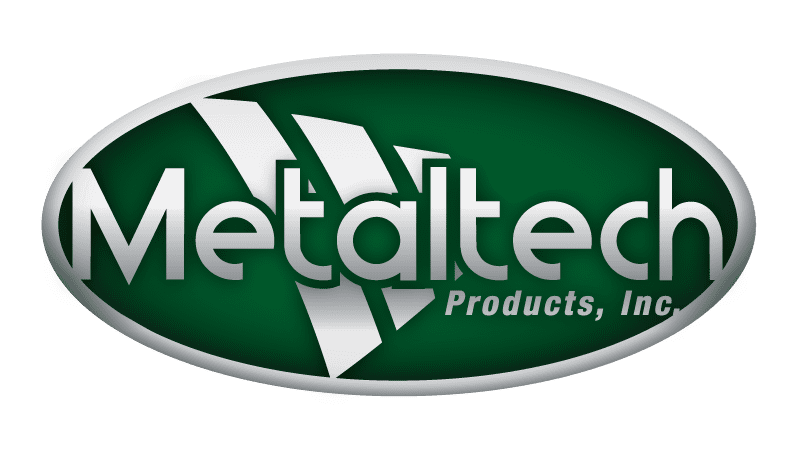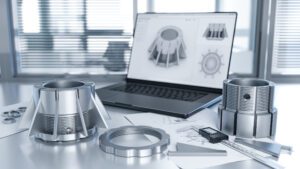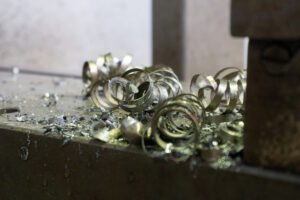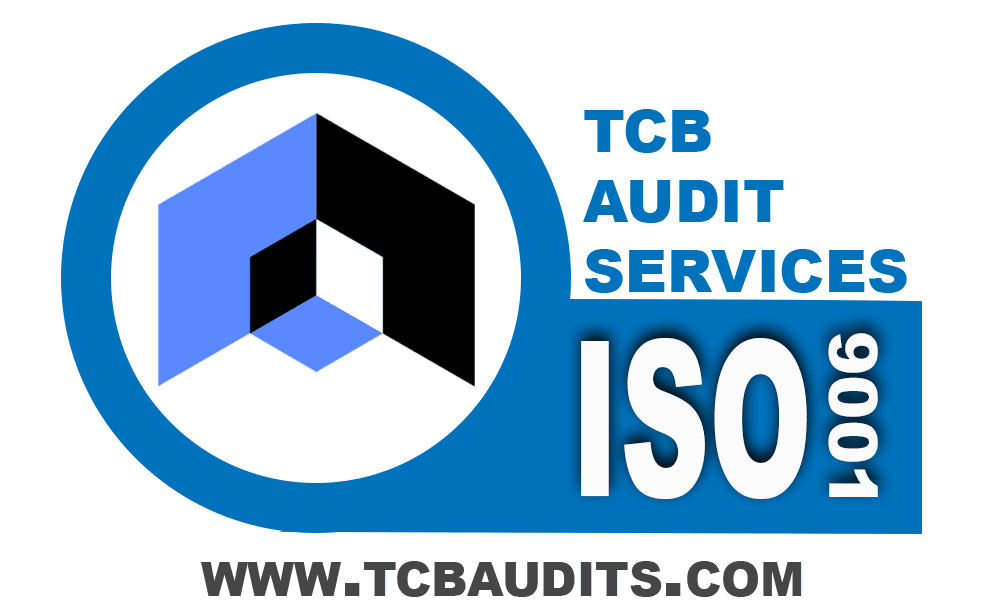Need to manufacture component parts? Wondering how much it’ll cost to get your product designed and produced?
Before you begin a custom metal fabrication project, you’ll need an estimate of how much the order will cost, including factors such as materials and labor. Understanding the complexities of sheet metal fabrication cost enables you to budget and plan your project. Metal fabrication is made up of different processes, and each one has its own set of costs to think about.
- Processes like welding, cutting and bending will each have their own price tags.
- The type and quality of the metals like steel, aluminum or copper can make a big difference too.
- Yet other factors like the labor, equipment, and overhead costs also play a role.
Understanding all these cost factors helps you get the job done right without breaking the bank. Planning ahead by getting a quote also helps you avoid unwanted surprises down the road. By taking the time to understand the costs upfront, you’ll be in a much better position to stick to your budget and make sure the project stays on track.
Factors Influencing Fabrication Costs
Because no two projects are alike, the cost of metal fabrication will vary based upon a range of factors. Production cycles, raw material prices and labor all affect metal fabrication estimates. And as with other purchases, there are trade-offs. In some instances a higher price up-front will mean better quality and substantial savings in the long-run.
Here’s an overview of things to consider when determining the cost of metal fabrication.
Materials
Different metals have different price points, and those prices fluctuate continuously with market conditions.
The cost of a metal depends on its properties, the region where it was sourced and handling and processing requirements. Stronger, corrosion-resistant alloys often cost more. Thicker metals, for instance, take more time and energy to bend than thinner sheets.
- Strong and versatile steel will vary by grade and quality. Basic carbon steel is more affordable, while high-end alloys cost more. Stainless steel is generally more expensive than regular steel.
- Aluminum is lightweight and doesn’t corrode or rust. As with steel, cost varies by type and gauge.
- Copper is one of the more expensive metals, given its wide range of applications, from architecture to plumbing to electrical wiring.
Labor
Metal fabrication requires the work of trained, experienced professionals with specialized skills in cutting, shaping, welding and finishing custom parts. Labor costs will be higher the more customization and detail is involved. Advanced techniques demanding a higher degree of precision will also cost more than simpler jobs. More experienced fabricators will earn a higher rate than entry-level or apprentice technicians.
Equipment
Fabricators that use advanced machines have the ability to deliver more efficiency and precision. While this may raise the price of fabricating new components, the result is greater value in the form of higher quality parts that last longer.
Design Complexity
The more complex the component design, the more costly it will be to produce. That’s because more complicated jobs take more time, expertise and resources to complete. Tighter tolerances, require greater attention to detail. Advanced CAD software used by design engineers requires a significant financial investment. At Metaltech, our design team will create digital 3D models and sometimes physical prototypes before moving to full production. This saves money by preventing costly errors later in the production process.
Finishing & Assembly
Finishing and assembly involves costs related to painting, coating or plating the component. Heat treating processes like annealing, hardening or tempering also require specialized skill, quality control and inspections to ensure all specifications are met.
Logistics
Shipping and logistics includes transporting raw materials to the fabrication facility, and delivering finished components to the customer. Costs include freight charges, fuel surcharges and handling fees. Weight and size of the cargo, as well as distance, will also affect logistics expenses.
Ways to Save on Metal Fabrication
Estimating costs for metal fabrication is a balancing act between getting the quality components you need without spending more than you have to. While it’s always good to save money up front when you can, making wise decisions early in the process can help you avoid unwanted expenses down the road.
Choose the Correct Material
First and foremost, a successful metal fabrication project begins with choosing the right material. Different types of metals are suited for different applications. Getting this decision right will ensure more accurate cost estimates, fewer errors and higher quality components.
Whenever possible, it’s more cost effective to choose widely available materials, standard gauges and common finishes. Rare metals and highly customized, non-standard specifications will cost more.
Place Large Orders
When you order a large number of components in bulk, you can often pay a lower unit price. If you need more than one type of component, order them together when possible. Consolidating parts and orders helps to reduce setup, shipping and handling costs.
Design Efficiency
Experienced design engineers know that less is more when it comes to high quality, efficient designs for metal components. Detailed designs are the first step in a successful fabrication project.
A good rule of thumb is that the more complex your design, the more your project will cost. Every additional cut, weld or bend added to a product increases the amount of time, energy and labor required to complete the work. The design process is where we ensure that all necessary specs are included while avoiding unnecessary bells and whistles that don’t add any meaningful value.
Minimize Waste
Product designs and fabrication processes must be optimized to use raw metal efficiently. That requires minimizing the amount of material that goes unused, also known as scrap metal. An optimized workflow reduces energy consumption, which also lowers the cost of production.
Limit Non-Standard Specs
As much as possible, choose standard metal grades, gauges and sheet sizes for your project. Non-standard options are less common and add extra costs. Standardized hole sizes, corners and other features will also cost less than more customized features that may require harder-to-find tools and extra time on the production floor. On the flip side, the more unnecessary features you request, the higher the price tag will go.
Only Use Tight Tolerances When Necessary
Many features of metal components have standardized tolerances that give you high quality without breaking your budget. Only request tighter tolerances if absolutely needed to address health, safety or regulatory concerns. As with nonstandard features, the tighter your tolerances, the more your project will cost.
Get Started with an Accurate Quote
A qualified metal fabricator will have the knowledge and experience to get the job done right the first time. This helps you maximize efficiency, minimize waste, save time and enjoy a higher ROI. At Metaltech, our team of experts creates accurate, detailed designs that optimize the fabrication process for the results you need.
It all starts with an accurate quote. We strongly encourage you to provide as much information as possible up front. That includes detailed drawings and specifications, material type, grade and gauge, desired finish and assembly and estimated production volume.
You can visit us online at any time to request a quote for your project. We also encourage you to schedule a tour of our facilities to get a first-hand look at our process and ask questions of our team.
Want to learn more? Give us a call at 417-426-5577 or contact us online.






